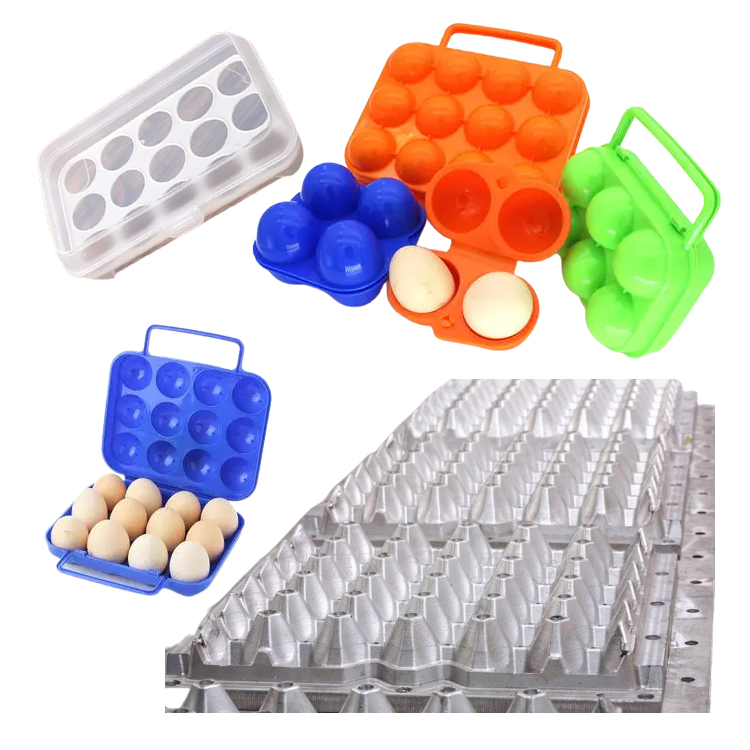1. Viscosity
Explanation of scientific and technological terms: The volumetric characteristics of liquid, pseudo-liquid or pseudo-solid matter against flow, that is, the internal friction or internal resistance of flow between molecules when it flows under the action of external force. Under normal circumstances, viscosity is directly proportional to hardness.
2. Hardness
The ability of a material to locally resist hard objects pressed into its surface is called hardness. Silicone rubber has a Shore hardness range of 10 to 80, which gives designers full freedom to choose the required hardness to best achieve specific functions. Various intermediate hardness values can be achieved by mixing polymer substrates, fillers and additives in different proportions. Similarly, the time and temperature of heating and curing can also change the hardness without destroying other physical characteristics.
3. Tensile strength
Tensile strength refers to the force required in each range unit to cause a piece of rubber material sample to tear. The tensile strength of thermally vulcanized solid silicone rubber is between 4.0-12.5MPa. The tensile strength of fluorosilicone rubber is between 8.7-12.1MPa. The tensile strength of liquid silicone rubber is in the range of 3.6-11.0MPa.
Four, tear strength
The resistance that hinders the enlargement of the cut or score when force is applied to the cut sample. Even if it is placed under extremely high torsional stress after cutting, the thermally vulcanized solid silicone rubber can not be torn. The tear strength range of hot-vulcanized solid silicone rubber is between 9-55 kN/m. The tear strength range of fluorosilicone rubber is between 17.5-46.4 kN/m. The tear strength of liquid silicone rubber ranges from 11.5-52 kN/m.
5. Elongation
Usually refers to the “Ultimate Break Elongation” or the percentage increase relative to the original length when the sample breaks. Thermally vulcanized solid silicone rubber generally has an elongation in the range of 90 to 1120%. The general elongation of fluorosilicone rubber is between 159 and 699%. The general elongation of liquid silicone rubber is between 220 and 900%. Different processing methods and choice of hardener can greatly change its elongation. The elongation of silicone rubber has a lot to do with temperature.
6, operating time
The operating time is calculated from the moment the colloid is added to the vulcanizing agent. There is actually no complete limit between this operation time and the subsequent vulcanization time. The colloid has undergone vulcanization reaction from the moment the vulcanizing agent is added. This operation time means that the 30-minute vulcanization reaction of the product does not affect the quality of the finished product. Therefore, the more time saved in the product operation process, the more beneficial it is to the finished product.
7, curing time
Some places will say it is curing time. In other words, the vulcanization reaction of silica gel is basically over after such a long time. This basically ends, which means that the product is already available, but in fact there is still a small part of the curing reaction that has not yet ended. Therefore, products made of silicone rubber, such as silicone molds, usually take a period of time before being put into use.
Silica gel (Silica gel; Silica) alias: Silica gel is a highly active adsorption material, which is an amorphous substance. Its chemical formula is mSiO2·nH2O; it does not react with any substance except strong alkali and hydrofluoric acid. It is insoluble in water and any solvents, non-toxic, tasteless, and chemically stable. Various types of silica gel form different microporous structures due to their different manufacturing methods. The chemical composition and physical structure of silica gel determine that it has many other similar materials that are difficult to replace: high adsorption performance, good thermal stability, stable chemical properties, and high mechanical strength. According to the size of its pore size, silica gel is divided into: macroporous silica gel, coarse pore silica gel, B-type silica gel, fine pore silica gel, etc.
The current price of silicone materials is very unstable, rising every day, it is difficult for us to determine the price. We can only make silicone molds now.
Post time: Sep-27-2021

